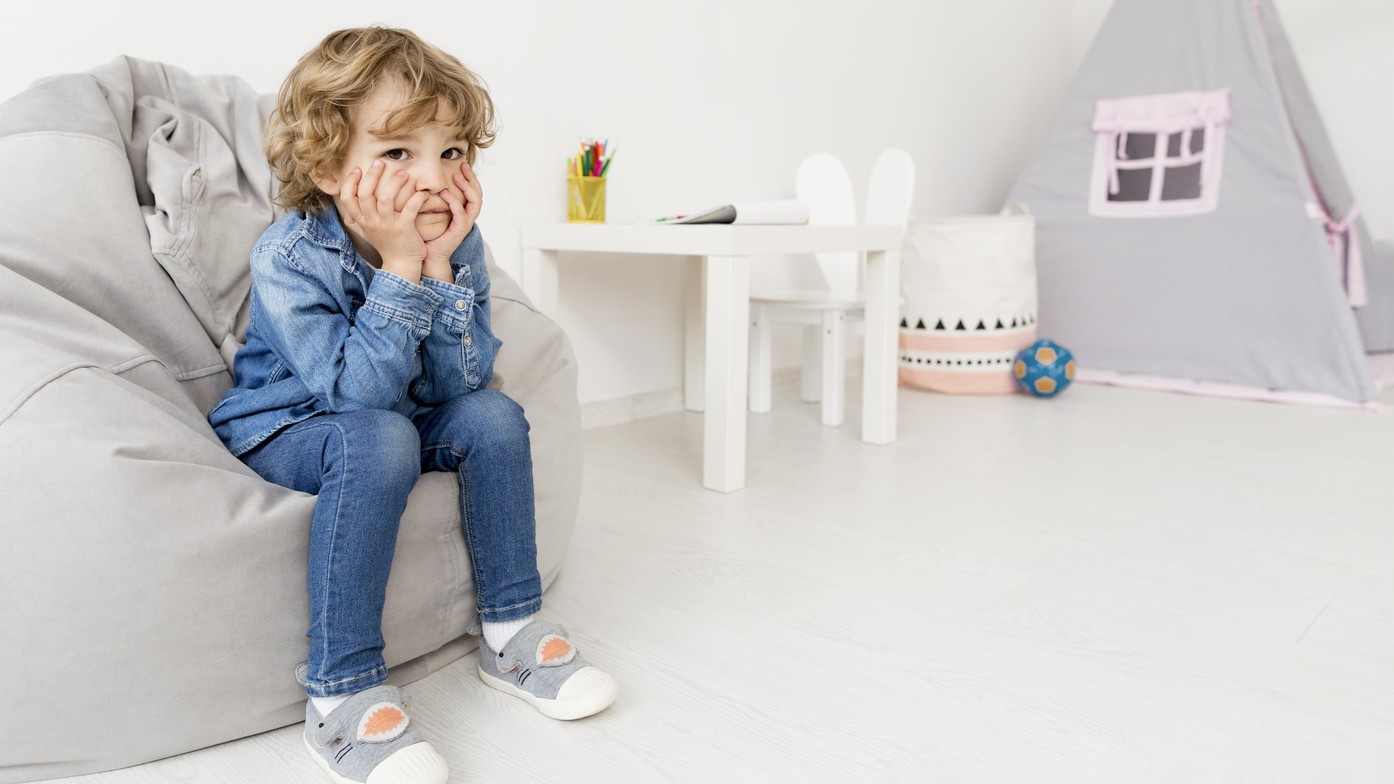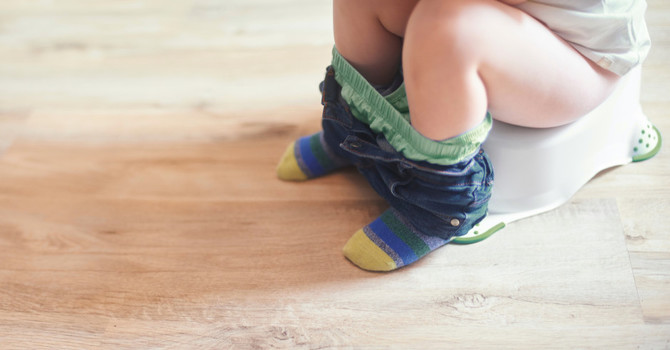
When most people think about constipation, they think of the feeling you get when you’re out of town, have been eating food that’s out of your normal routine, probably haven’t been drinking enough water, and missed a day or two of pooping. You can expect a bloated feeling in your stomach and a harder, bigger poop than “usual” (or small pellets) when it does finally happen. This is, indeed, constipation.
However, constipation is much more complex - and often much sneakier - than that. It’s usually not a “one and done” event, nor does it show up alone. It brings along a host of other challenges.
Constipation can also look like:
- Pee leaks and/or bedwetting: The bladder sits right behind the rectum, so a buildup of poop (aka constipation) presses against the bladder causing leaks.
- Incomplete emptying: A child may poop every day but isn’t actually getting all the poop out.
- Withholding: A child squeezes to hold their poop in. Note that kids who withhold usually can’t just “let go” - their bodies physically don’t know how to do so (but they can learn with pelvic health OT!).
- Changes in appetite: Makes sense - if your belly feels bad, you don’t want to eat. Constipation actually leads to a physiological suppression of appetite.
- Large stool diameter: Indicates that the rectum (the “holding area” at the end of the GI tract, just before the anus) had a pile up of stool and might be overstretched.
- Diarrhea: As it moves through the GI tract, stool goes from being liquid to solid (as water is absorbed), but when there is a buildup of stool, the newer stool that hasn’t yet solidified squeezes through the cracks and makes its way out.
- Teeny tiny stools: Think “rabbit/deer pellets.” May occur because a child’s body only lets a little out before withholding the rest (again, not something a kiddo can just “stop”) or because the rectum is overstretched.
- Poop leaks and/or smears in underwear: See above (diarrhea and tiny stools). A child cannot control this.
- Changes in behavior and/or sleep: Similar to appetite, constipation is associated with physiological decrease in serotonin, which is a key player in regulating mood and sleep.
- Infrequent poops: A child should be pooping at least once a day (more for infants).
- Painful poops or “maneuvers” to get poop out: A child should be able to relax and allow the poop to slide out - no pain, straining, pushing, or breathholding needed.
- Urgent poops: A child suddenly needs to poop suddenly and will leak if they don’t get to a toilet immediately.
The list goes on… Constipation (and Company) can wreak havoc on a child’s eating patterns, sleep, play, and behavior, and most kiddos (like many adults!) aren’t able to accurately recognize, much less explain, when something is “off” or why they might be feeling a certain way. Constipation then goes unnoticed, unchecked, and unmanaged.
If you notice that your child has any of these difficulties, schedule a complimentary Discovery Session to learn more about how Pediatric Pelvic Health Occupational Therapy can help your child better understand their body and achieve comfort, continence, and confidence with toileting.
Courtney Suilmann
Contact Me
